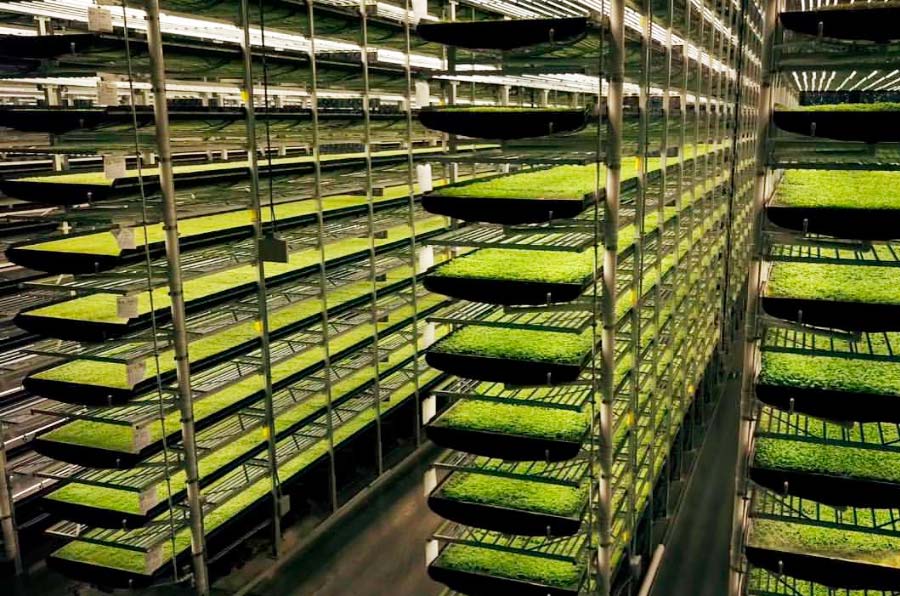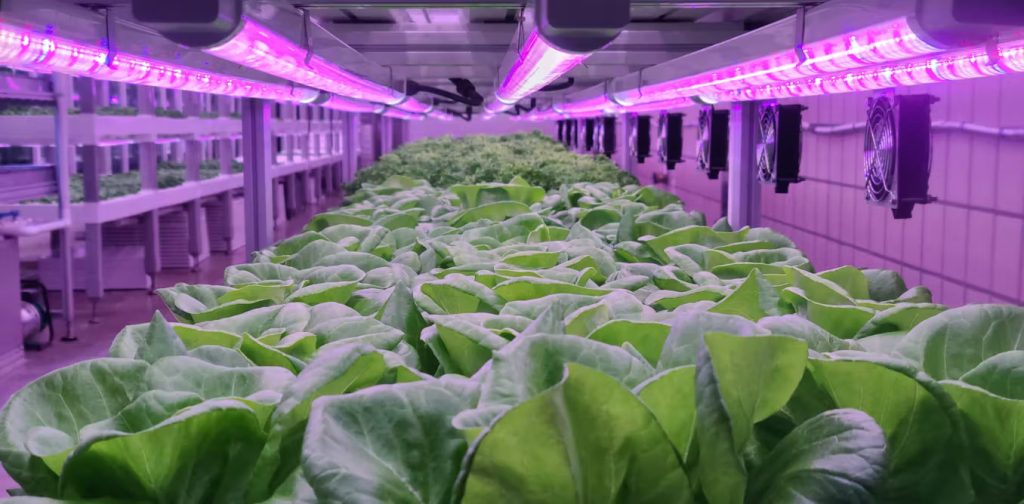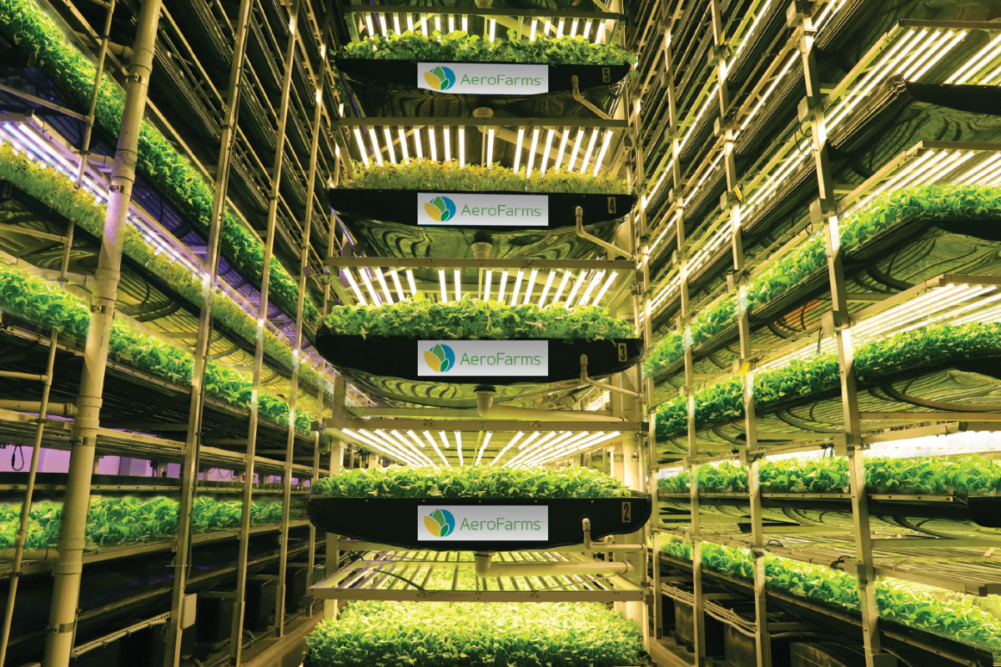Abril, 2024
Vertical farming is a cultivation technique that involves growing plants in vertically stacked layers, using structures such as skyscrapers, reused warehouses, or containers.
This innovative practice has been developed as a solution to maximise the use of space and optimise resources, allowing food production in urban environments and reducing the ecological footprint of traditional agriculture.
Introduction
With increasing urbanisation and the need for more sustainable farming practices, vertical farming is becoming a promising solution to feed the world's population.
This technique not only saves space, but also uses resources more efficiently, reduces the need for pesticides and can provide fresh crops all year round.
In this post, we will explore what vertical farming is, its benefits, the technology used, its environmental impact, success stories, challenges and solutions.

What is Vertical Farming?
Vertical farming is based on growing plants in vertically stacked layers, using various methods such as hydroponics, aeroponics and aquaponics. These systems allow precise control of the growing environment, including light, temperature, humidity and nutrients, resulting in optimal plant growth.
- Hydroponics: Technique that uses nutrient solutions instead of soil to grow plants.
- Aeroponics: Method in which plant roots are suspended in the air and misted with a nutrient solution.
- Aquaponics: A system that combines fish farming with plant cultivation, where fish waste provides nutrients for plants.
Vertical Farming Benefits
- Vertical farming offers numerous benefits that make it an attractive option for the future of food production:
- Efficient Use of Space: By growing plants in vertical structures, the use of available space is maximised, especially in urban areas where land is limited.
- Low Water Consumption: Vertical farming systems, such as hydroponics and aeroponics, use significantly less water than traditional agriculture, as water is recirculated and reused.
- Local Production: It allows food to be grown in urban centres, reducing the need for transport and the associated carbon footprint.
- Continuous Harvest: The controlled conditions allow for year-round cultivation, without depending on the seasons.
- Pesticide Reduction: The controlled environment minimises the need for pesticides and herbicides, resulting in healthier food and less environmental impact.

Technology Used in Vertical Farming
- Vertical farming relies on several advanced technologies to optimise plant cultivation:
- Growth LEDs: They provide the light necessary for photosynthesis, optimising the spectrum and intensity for different types of crops.
- Sensors & Monitoring: Sensors that measure parameters such as humidity, temperature, pH and nutrients, allowing precise and automatic adjustments.
- Automation & Control: Automated systems that manage irrigation, nutrient application and climate within the growing structures.
Environmental Impact
Vertical farming has a positive impact on the environment.
By reducing dependence on large tracts of agricultural land, deforestation and loss of natural habitats is reduced. Also, the efficient use of water and the reduced need for chemical pesticides and fertilisers contribute to the conservation of natural resources and the reduction of soil and water pollution.
Success Stories
- AeroFarms in New Jersey, US: One of the largest vertical farming facilities in the world, using aeroponic technology to grow a variety of green leafy vegetables.
- Sky Greens in Singapour: An innovative rotating tower system that maximises the use of space and minimises water and energy consumption.
- Plenty in San Francisco, US: Una empresa que utiliza inteligencia artificial y robótica para optimizar el cultivo de plantas en entornos verticales.
Challenges & Solutions
- Despite its many benefits, vertical farming faces a number of challenges:
- High upfront investments: The installation of vertical farming systems can be costly due to the advanced technology and infrastructure required.
Solution: Government incentives and private financing can help reduce upfront costs.
- Energy Consumption: Lighting and climate control systems can be energy intensive.
Solution: Integration of renewable energy sources such as solar and wind can reduce energy consumption.
- Technical expertise: A high level of technical knowledge is required to operate and maintain these systems.
Solution: Training and education programmes can prepare workers to manage these technologies.

Conclusion
Vertical farming represents an innovative and sustainable solution to the challenges of food production in an ever-urbanising world. With its ability to maximise the use of space, save resources and provide fresh and healthy food, this technique is set to play a crucial role in the future of agriculture. As technologies advance and costs decrease, we are likely to see increasing adoption of vertical farming around the world.
